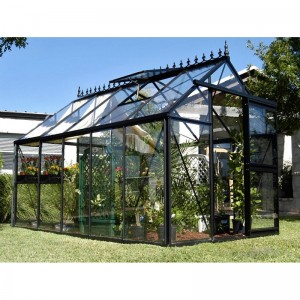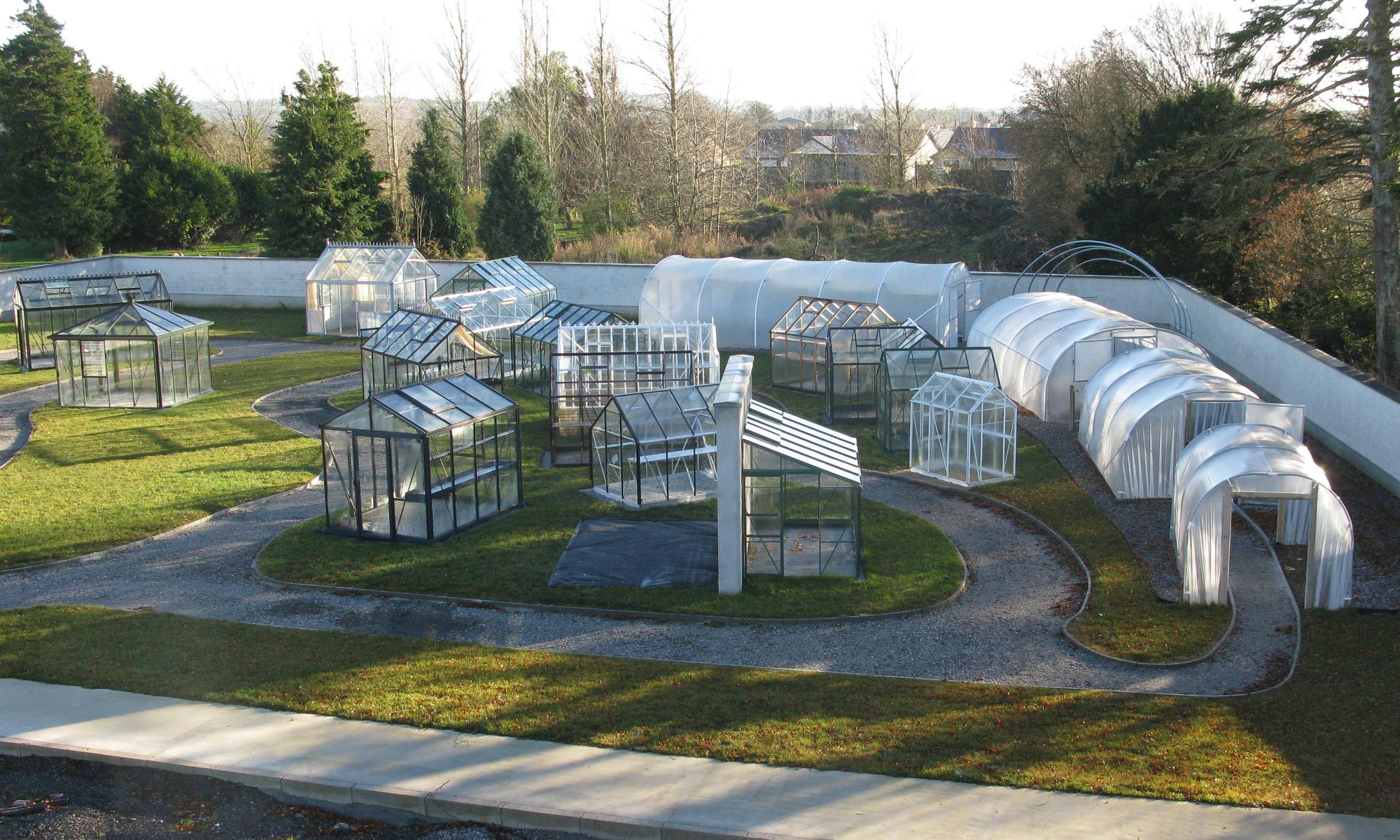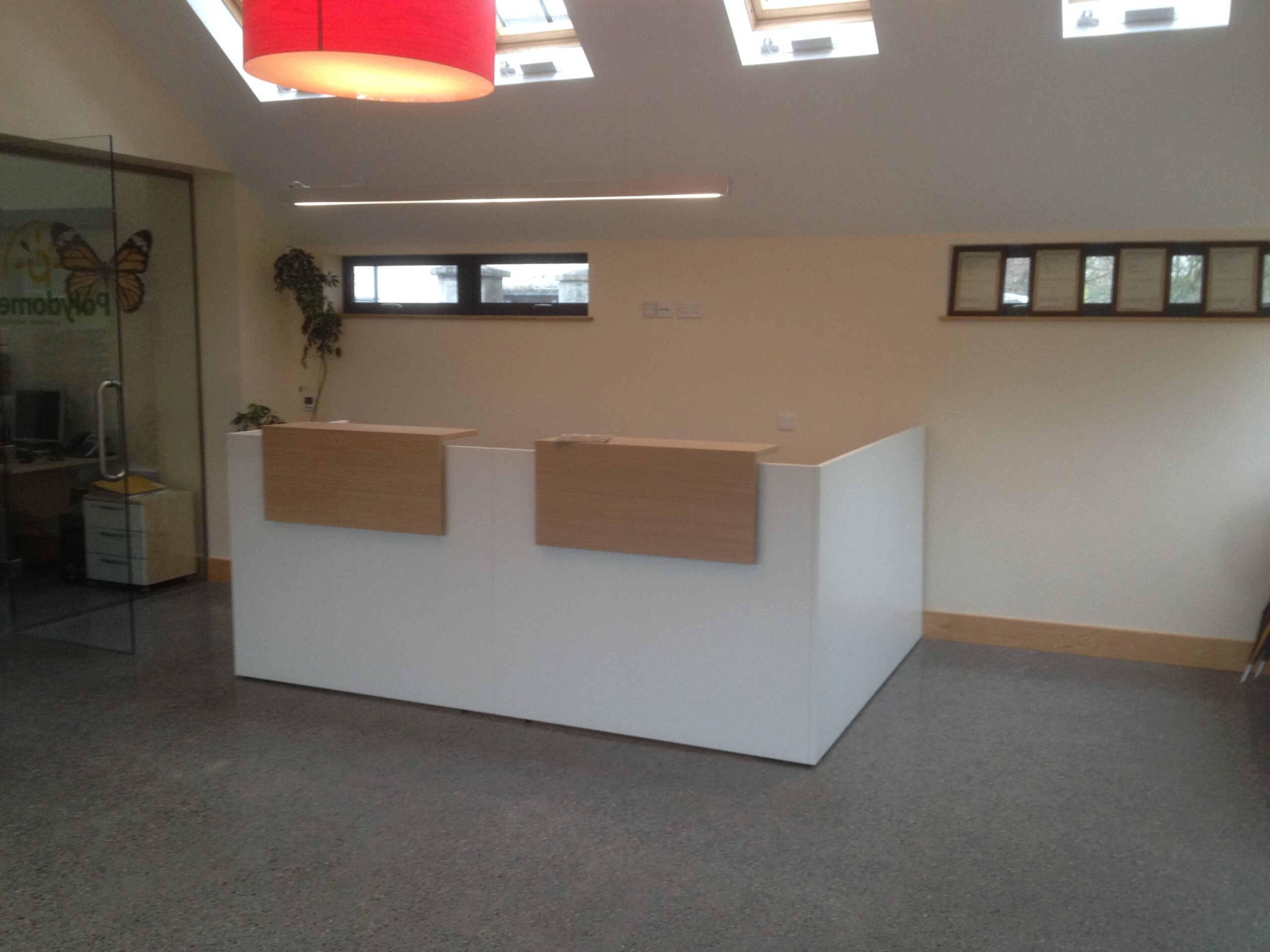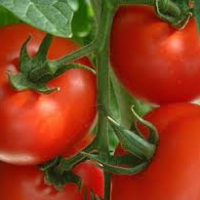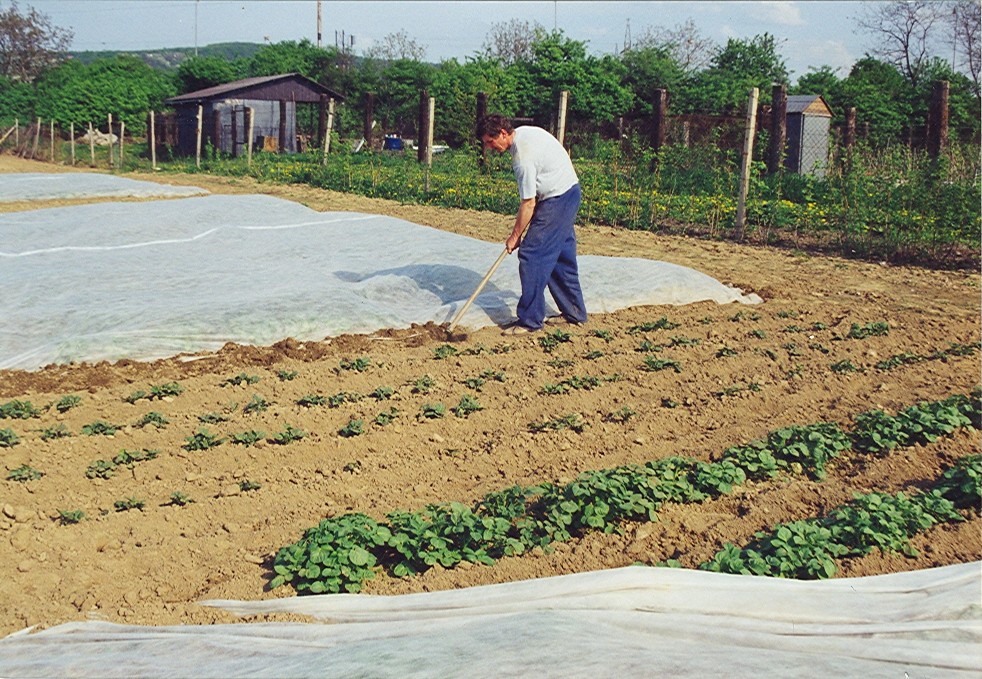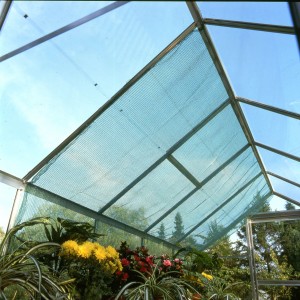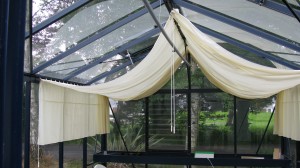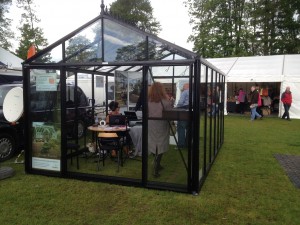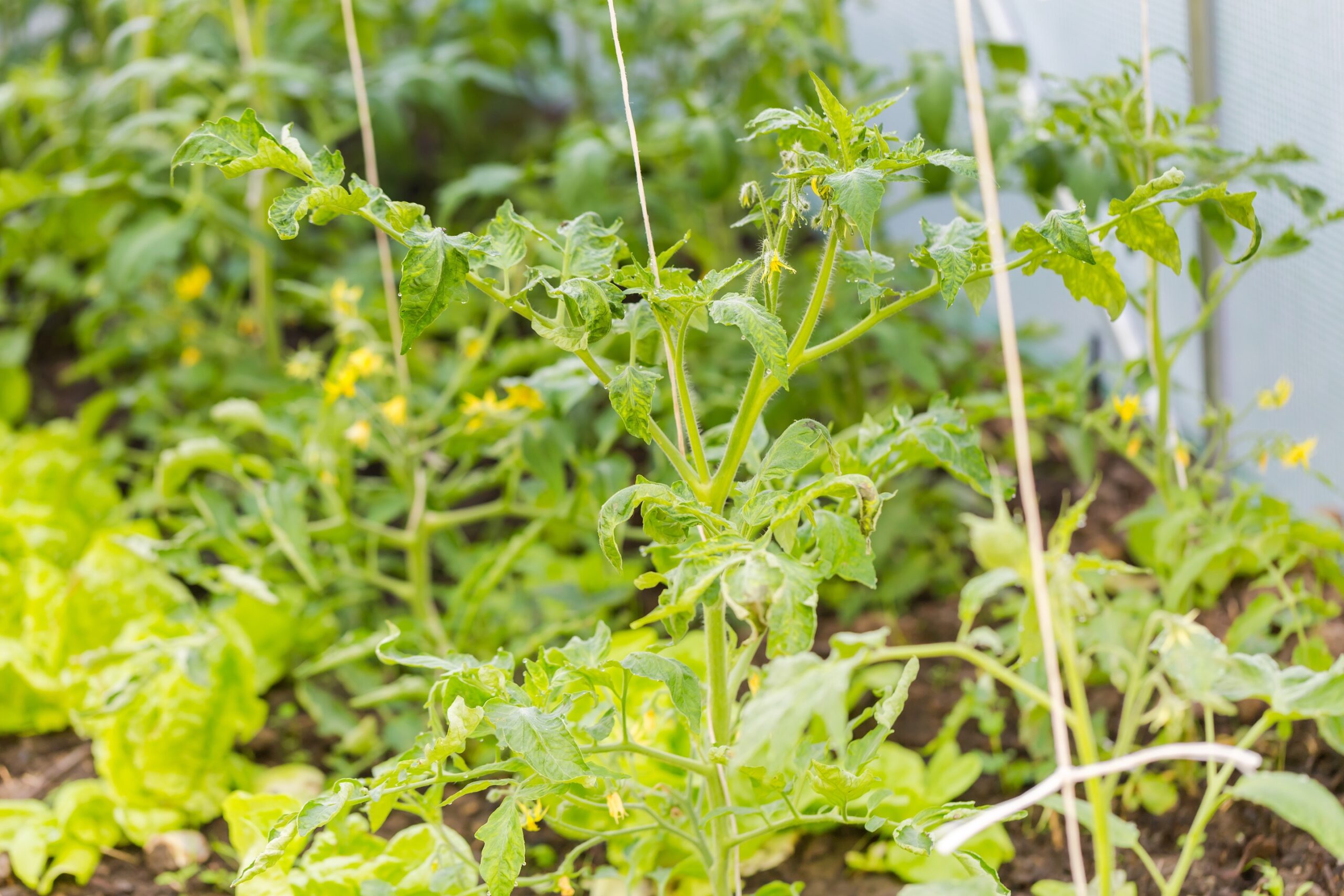It’s that time of year again when Christmas is fast approaching and we’re pulling our hair out and racking our brains for the ideal gift. Why not consider a Polytunnel or glasshouse where Polydome can offer you the perfect solution. We have a wide range of glasshouses and Polytunnels with sizes and prices to suit depending on whether your site is sheltered or exposed. A garden structure is not just for Christmas but can be utilized all year round both for growing plants and vegetables and protecting delicate ones from extreme conditions as well as being able to get the Spring growing season off to an earlier start than growing outside. We also do a wide range of accessories like Fleece and Heaters for frost protection, Heatmats and Soil Warming Cables to get the growing season started as well as Ground Cover, Staging and Irrigation. For the garden enthusiast a Voucher from Polydome for a Polytunnel, Glasshouse or accessory might be the solution followed by a visit to our display area which features 24 Glasshouses and Polytunnels along with a wide range of accessories. We invite you to call our sales team on 057 912 0424 or visit our website www.polydome.ie.
